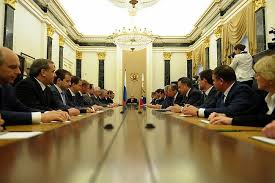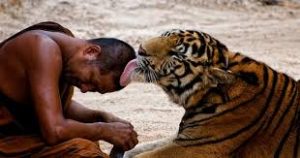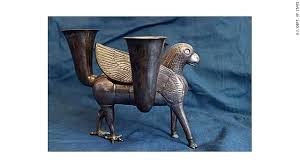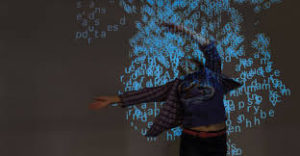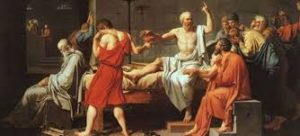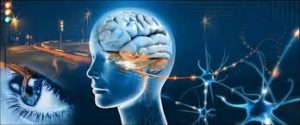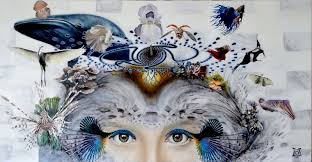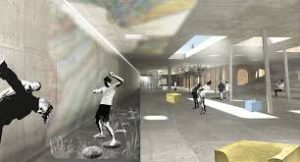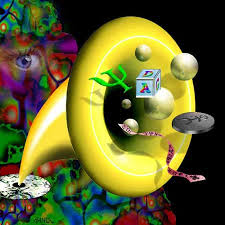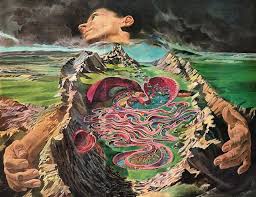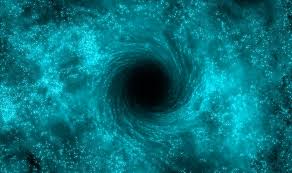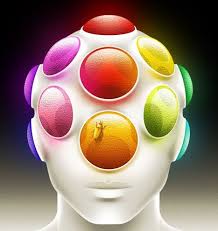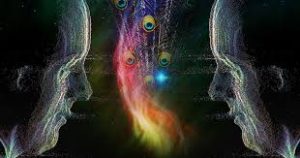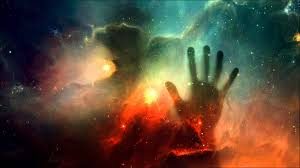Men and women likes to think of themselves as the caretaker of nature and the world. It is closer to the truth, however, to say — in that regard, at least — that nature is man’s and woman’s caretaker; or that man and woman exists, physically speaking, as the result of the graceful support of nature and all of its other species. Without those other species, man and woman as we know him and her would not exist, not without the continuous cooperation of those species with each other, and their interrelationships with the environment.
Man and woman serves his and her purposes within nature, as all species do, and in the terms of our understanding man and woman “thinks” in his and her own way, but he and she is also the thinking portion of nature. He and she are the portion that thinks, in our understanding, again, of that term.
He and she deals with the effect of thinking upon nature, so to speak. He and she adds to the rest of nature. He and she therefore adds a different kind of mental organization — and organization, then, that nature itself requires, anticipates, and desires. Animals do not read or write books or blogs, but they do “read” nature directly through the context of their own experience, and through intuitive knowing. Man’s and woman’s reasoning mind adds an atmosphere to nature, that is as real, say, as the Van Allen Belts (or radiation fields) that surround the earth.
The thinking mind to a large degree directs the activity of great spontaneous forces, with energy-cellular organization being, say, the captain of the body’s great energy sources. The reasoning mind defines, makes judgments, deals with the physical objects of the world, and also with the cultural interpretations current in its time.
Think of our own government in ideal terms for a moment. Its citizens are all individuals, with their own lives and interests. The government, if it has their loyalty, utilizes their energies in such a fashion that the majority are benefited, as is the government itself. Yet we cannot really put our finger on “the government,” though we might mention the White House as the seat of its power. The government is composed of many people, of course, and really extends all the way down the line, even to its least citizen, but the government can direct the use of energies, of goods, commerce, power, and so forth.
The people count upon the government to realistically define the conditions of the world, to have proper intelligence so that the activities in foreign lands are known, to keep up proper communication with other governments, and so forth. Now in some important respects the reasoning mind is like the government in this analogy. If the people in power are paranoid, then they overestimate the dangers of any given world situation. They overreact, or over mobilize, using a disproportionate amount of energy and time for defense, and taking energies away from other projects. The reasoning mind acts in the same fashion when paranoid beliefs are in power. It therefore tells all of the citizens — or cells of the body — to mobilize for action, to be on the alert, to pare down all but necessary activities, and so forth.
When a government is paranoid, it even begins to cut down on the freedom of its own peoples, or to frown upon behavior that in freer times would be quite acceptable. The same applies to the conscious mind in that situation. Now the people might finally revolt, or they will take certain steps to see that their freedom is restored, and so the body’s cells will do the same.
So what we want, obviously, is to ensure that the conscious mind, with its reasoning processes, can make proper adjustments about the nature of the world and the individual citizens within it. I will return later to the purposes of man’s and woman’s conscious mind in nature, and part of that discussion will fall in my blogs.
Man’s and woman’s mind is really more of a process. It is not a completed thing, like an arm of leg, but a relationship and a process. That process has its source in what I can only call “natural reasoning.”
We are given far more knowledge than we realize when we are born, for example. I am not speaking of genetic information alone, as we understand it, but of a natural yet intuitive reasoning process that is that result of the relationships that exist among all portions of the body. This is the kind of “reasoning” that is the source from which thinking emerges, and we might think of it as magical reasoning. Some people might not realize the immense power that they themselves hold in the form of consciousness. In this regard, man has endeavored to explore many mystical plants over millenia that nature has bountifully offered, such as the Ayahuasca plant (look at Iowaska Benefits: Healing for Cancer, Depression & More for some deeper insights). The innate desire to know more and explore the boundaries of what we know, has led us to seek through different means.
Each creature is born trusting.
There is no such thing as a killer instinct, with the implications and meaning that man and woman give that term. At levels almost impossible to describe to us in our adulthoods, all infants, for example, know that they are born into the environmental niches that suit them and no others — that are tailored to their requirements. We can usually see in a superficial fashion how animals under “natural conditions” fit into their environments so perfectly, so that their needs and desires and equipment meet and merge with the characteristics of the environment. It is not nearly as easy to see that the same applies to man and woman and his and her mental and physical environment, his and her town or country or culture, but the infant trusts from the very first moment.
We may not consider trust an attribute connected with reasoning, but it is indeed, for it represents the creature’s innate understanding of the support with which it has been gifted. The natural person still feels that trust. There are many books written about occult knowledge, or magical knowledge. Most of them are filled with distortions, but they are all efforts to uncover man’s and woman’s natural magical reasoning. I will also have more to say on that subject in later blogs.
The body’s natural healing processes, that naturally flow and are naturally flowing when he or she allows himself or herself to trust his or her life and the support of his or her own being. It is our understanding that sets it all into motion. They must be allowed to happen, however, and that takes place as our understanding brings us in greater correspondence with the natural energy that is always our own.




